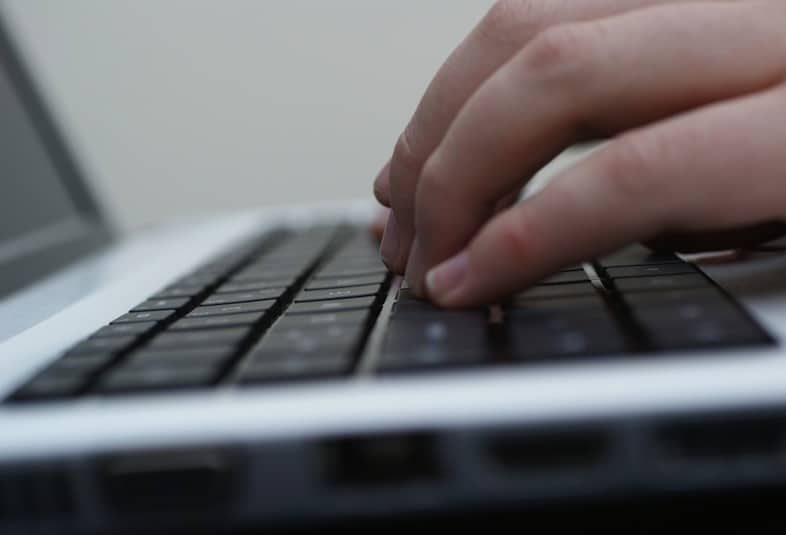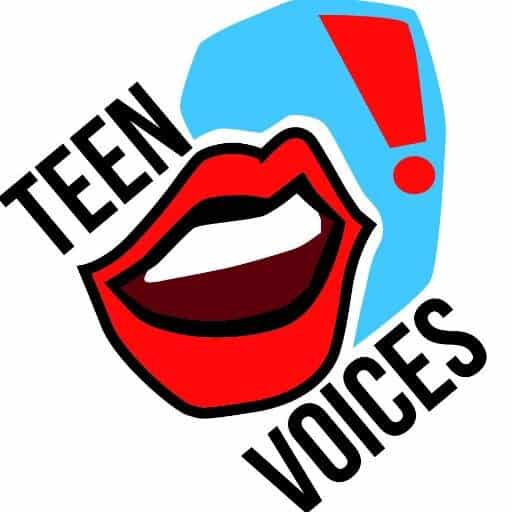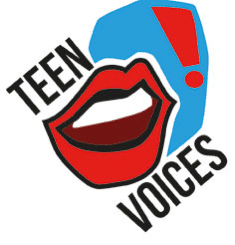
MARLBORO, N.J. (WOMENSENEWS) –Heather's goal is not to recover from her eating disorder. It’s weight loss “at any cost,” said the 16-year-old Texan.
As part of the pro-anorexia, or “pro-ana,” community, Heather runs a Tumblr blog posting diet tips, photos of dangerously skinny models (called “thinspiration”) and requests for “ana-buddies,” or online friends who make a mutual weight-loss pledge. She’s been pro-ana for about three years.
While Heather knows society condemns such behavior, she doesn’t think it’s a problem. “I’ve been diagnosed with an illness but I don’t really have one,” she said. “I know there are health risks in [being anorexic], but it’s worth it. I've lost so much weight.”
Teen Voices talked to three such pro-ana bloggers, who agreed to be interviewed if only their first names and states were used, through video chats. In general, the girls didn’t see their behavior as harmful, they joined the movement as a way to find community.
“Losing weight makes me feel I’m worth something,” Heather said. “No one liked me before. I was fat and ugly. My ‘friends’ treated me horribly. But being pro-ana means I belong somewhere. My friends no longer say I’m an embarrassment.”
While pro-ana may feel validating, it’s harmful, said Claire Mysko, chief executive office of the National Eating Disorder Association. “Eating disorders can be isolating. Young women often turn to pro-ana communities as a place to make connections with people who understand what they’re going through.”
To prevent online posts that encourage extreme, unhealthy weight loss like Heather’s, Facebook recently implemented artificial intelligence to detect harmful content and streamlined mental health resources by connecting distressed users with in-app support from crisis professionals. But that doesn’t prevent girls from starting or visiting pro-ana sites.
‘Not a Choice'
For Lee, 16, her four months of being pro-ana has helped pacify feelings of inadequacy. Though she can feel her bones through her skin, she said she is fully healthy.
“I don’t need to ‘get better.’ I’m fine like this,” said the Indiana native.
“It’s not a choice,” Lee added, when talking about her eating habits. “I HAVE to get to a certain weight, otherwise I hate myself. Even if my heart hurts and I’m cold and tired. Pro-ana is all that matters, the only thing making us want to live.”
Disordered eating behavior isn’t just about losing weight, said Mysko. “Eating disorders are tied with depression and self-harm. Many gravitate to harmful coping mechanisms and want to relate to others who go through similar struggles.”
The rejection pro-ana teens feel in their real lives fuel their online behavior.
“I've tried talking with real life friends,” said Heather. “They don't understand. Last year, they told a school counselor about me, who called my mom. It made me angry. I was doing this for myself. It wasn't anyone else’s business.”
Facebook announced in March “updates to tools and resources offer[ed] to people suffering” from mental illness. This puts power to censor pro-ana material in every internet user’s hands; with the push of a button, anyone can report a post to be reviewed for deletion. Most social media platforms have similar systems directing users to mental health resources, like crisis hotlines, and offer content warnings on potentially triggering pages.
Heather said social media staff censoring posts is commonplace for pro-ana accounts. But that doesn’t stop her. “We just make new blogs, new posts and new tags,” she said.
One way blogs subvert censorship is by making accounts “private” so only approved users can see posts. Another tactic is using special codes known as “secret families”: “Debbie” is depression, “Mia” is bulimia and Ana, of course, is anorexia.
“I know pro-ana is stupid,” said Emily, 19, from Washington state, “but I use the hashtag because I need people to see my posts, hear my voice.”
Social media platforms are working to be a more positive outlet for girls like Emily. “Pro-ana content is limited, often through trigger warnings or outright bans,” said Mysko. “Facebook, Instagram and Pinterest are working with NEDA on tools that foster positive communities and make it easier to get help. Though this won’t end pro-ana content, it's a start in limiting the trend.”
Only the Start
However, Mysko added, regulating pro-ana is only the start of addressing disordered eating.
“While social media policies can be helpful tools for change, more must be done on a societal level to instill confidence in young people. Pro-eating disorder content won’t disappear until our culture’s focus shifts from prizing thinness to encouraging health at every size,” she said.
Corporations know an insecure demographic is more likely to spend money on products claiming to “fix” them, like weight-loss pills or waist trainers. So companies have a financial incentive to make women hate their bodies.
“The diet industry makes billions each year, said Mysko. “Disordered behaviors often masquerade as attempts to get healthy and are encouraged.”
Moreover, in a society that “equates a woman’s value with her weight,” as Mysko put it, self-hate becomes “normalized.”
This universal normalcy, said Emily, justifies pro-ana’s existence. “I’d never say things I say to myself to another...[But] when I post about hating myself, someone out there is reading that and thinking the exact same thing.”


